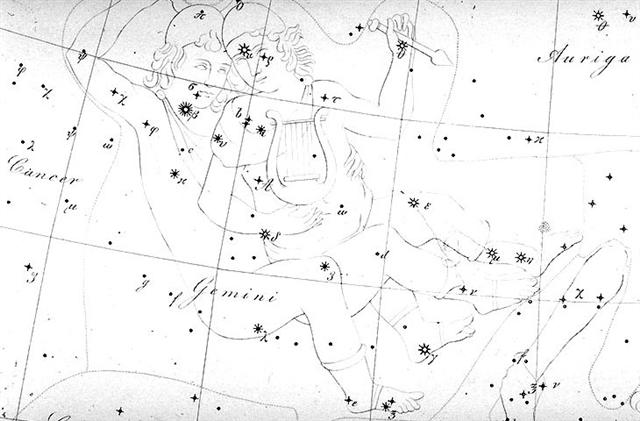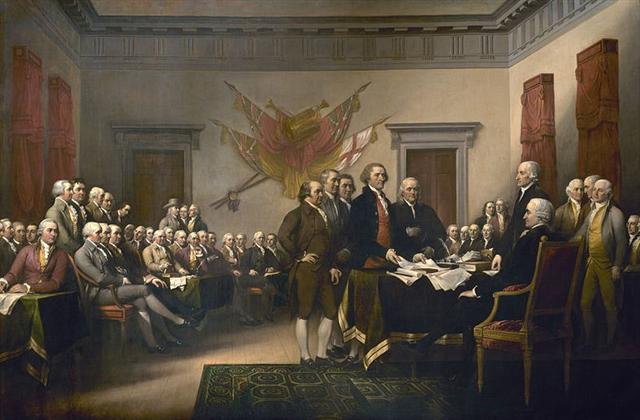The dominant type of glyph in the ψ Aurigae group is toga:
Metoro was rather consistent in reading toga at this type of glyph. The word signifies among other things the chilly season, which agrees with the days immediately after winter solstice (north of the equator):
Often the toga glyph type has at left what could be a moon crescent, but another variant has at left a mountain (mauga) sign. The period after winter solstice could have been indicated by toga mauga:
This idea is in a way confirmed by mauga in Ka2-22, which is parallel with toga in Ga2-12. The cold season immediately after winter solstice can be compared to a time when Sun is hiding behind a mountain, after he has gone down in the southwest (toga). The last of the 3 times ψ tails of the Cat coincides with day 184 counted from 'January 1:
Between the Gemini twins quite another string instrument was often depicted:
In this picture the Gemini lyre has 6 strings. Maybe also the creators of the K and G texts thought this string instrument should have 6 strings. Each such could then be represented by a toga glyph. The position of ω Gemini, close to the lyre, prompted me previously to look at the Lyre constellation at the other end of the sky. Vega is α Lyrae and rising heliacally close to the end of the Gregorian year:
From ω Gemini to Vega there is half a year:
Presumably Adara (ε Canis Majoris) was used to measure the distance to Vega instead of ω Gemini. ... Adara, Adhara, Adard, Udara, and Udra are from Al 'Adhārā, the Virgins, applied to this star in connection with δ [Wezen], η [Aludra], and ο; perhaps from the Arabic story of Suhail ... Furthermore, K possibly measures months as 30 days long in contrast to G where the lunar synodic month was used for the basic structure. For a discussion of the possible relations between the date of Independence (July 4) and hakaturou in Ga2-11, Earth's aphelion, leap days, and the midnight culmination of Antares, see Fish-hook of Maui.
| |||||||||||||||||||||||||||||||||||||||||||||||||||||||||||||||||||||||||||||||||||||||||||||||||||||||||||||||||||||||||||||||||||||||||||||||||||












